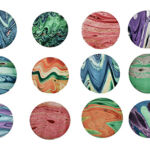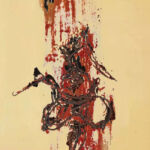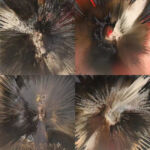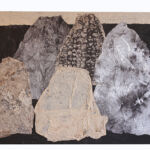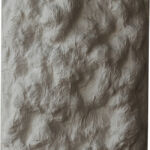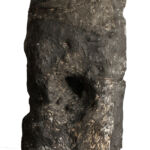Opening
March 2 at 5 PM, 2024
Duration
March 2 till April 13, 2024
Location
CEAC, Xiamen, China
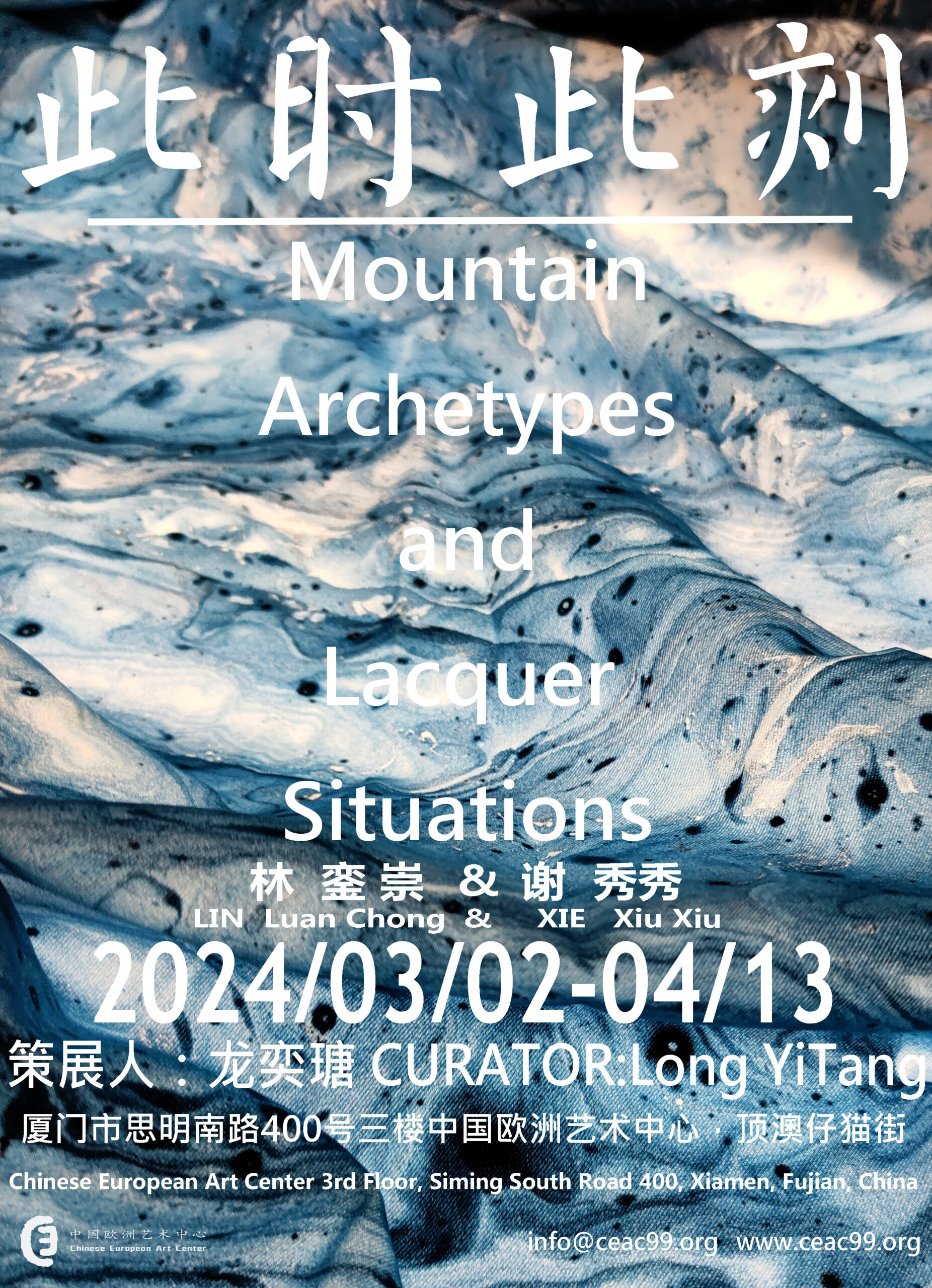 The Chinese European Art Center (CEAC) is pleased to present Mountain Archetypes and Lacquer Situations (or literally translated as Here and Now), a dual solo exhibition by Lin Luanchong and Xie Xiuxiu. An implicit intertextual relationship is conceived between the Chinese title of the exhibition and its corresponding English translation: Here and Now expresses a kind of transience in which one cannot step into the same river twice; while Mountain Archetypes and Lacquer Situations conveys a common sense between mountains and water. Indicating the relationship between the two artists, the title also reveals their mutual understanding and connection as they face different themes in the creative process.
The Chinese European Art Center (CEAC) is pleased to present Mountain Archetypes and Lacquer Situations (or literally translated as Here and Now), a dual solo exhibition by Lin Luanchong and Xie Xiuxiu. An implicit intertextual relationship is conceived between the Chinese title of the exhibition and its corresponding English translation: Here and Now expresses a kind of transience in which one cannot step into the same river twice; while Mountain Archetypes and Lacquer Situations conveys a common sense between mountains and water. Indicating the relationship between the two artists, the title also reveals their mutual understanding and connection as they face different themes in the creative process.
In recent years, Lin Luanchong has been waiting for someone to arrive in his “mountain”. He relies on his memory to construct empty mountains in his imagination by means of imitating and shaping. For him, the presence of a mountain lies in its almost imperceptible, slowly growing outlines and hollow negative space. His method of using repetitive dots to construct structures rather than directly depicting real mountains stems from the memories he gradually regained in recent years: when he was a child, he copied scriptures and drew dots in the mountain with his grandmother. The strokes he wrote formed into pages of characters as days went by. This method of “recording” resembles self-documenting, but at that time he failed to grasp the essence and often gave up halfway. At present, however, he realizes that what matters are a rhythm of one’s own time and the technique of getting along with oneself. As a result, he starts to present the image of mountain as the subject of his work, including painting, collage, writing and bodiless lacquer ware (sculpture/installation). His efforts are made through continuous material experiments, and in a recent series named Things-in-themselves, a parody of the unfinished work of A Bit of Light in the Darkness of a Stubborn Stone, such efforts are most obvious. He/it is like water dripping through a stone, or the “opening of a paint bucket” in Zen Buddhism (Song Dynasty History of Zen Buddhism in China: Volume 14).
Distinct from Lin Luanchong in the creation form, Xie Xiuxiu broke away from the traditional “repeated polishing” method of applying lacquer since an early stage. One’s patience for the process may simply stem from a desire and obsession to “reveal through concealment”. Her works often vary depending on the personalities she moulds. Most of her friends may have the identical feeling that even though they’ve known each other for a decade, it feels as if they were new acquaintances with years of familiarity. As a reflection of her straightforward character, she intuitively chose to use the flow of water to capture the traces and floating shadows of the paint that change with the “momentum” in her creation. Two sets of her works will be exhibited this time.
One set features a nearly 20-meter-long scroll of bleach paint on fabric, which stretches throughout
the exhibition hall like a river. It can be imagined that creating such a huge painting requires the use of
all devoted postures. Each pull of the movement causes random fluctuations on the water surface. The other
set of works are samples of the paint bleaching experiments she has conducted in the past 10 years.
They are spread evenly on the exhibition hall wall like self-moment specimens,
waiting for the time-gift exchange with the audience.
Although Lin Luanchong and Xie Xiuxiu have different creative methods and styles, they have been
travelling and living together over the years. They frequently travelled to and from their respective hometowns,
facing similar but slightly different landforms, people and customs. Their intertwined life paths
gave rise to the overlaps in their creative methods and focuses. Artists residing in Fujian are susceptible to the influence
of the local region and culture.
In an area where mountains and seas meet, unified and comprehensive regional understandings
could hardly be reached based on the local landform constituted by islands and fractured narrow plains, thus each
municipality emphasizes the diversity of its history and tradition.
While Xie Xiuxiu comes from Youxi in central Fujian, a small town surrounded by a network of water
systems extending in all directions and named after a river, Lin Luanchong was born in the lofty mountains of
Ningde in eastern Fujian, which were the source of his name. With mountain ranges determining the terrain,
a long and narrow valley is formed running north to south.
Whether it is their respective personalities, the customs of their birthplaces,
or the imagery in their creations, this exhibition leads to the intersection of
mountains and rivers. Audience will also see a reassembled “Here and Now” at the scene:
Luanchong will place the collected hollow “mountain utensils” in a wooden frame device
on the top of a mountain; Xiuxiu will use traces of lacquer to outline a twinkling stream.
(Lacquer equals to river in ancient Chinese as recorded by the Chinese classic the
Analytical Dictionary of Characters: “Lacquer refers to water or river.”)

